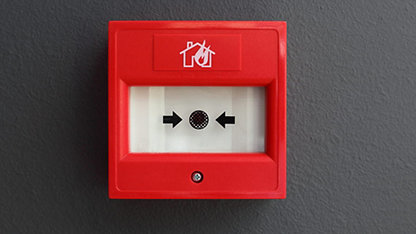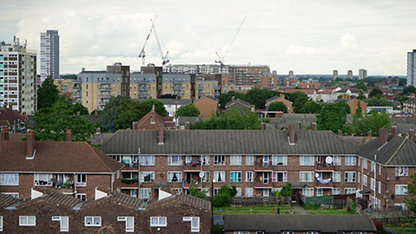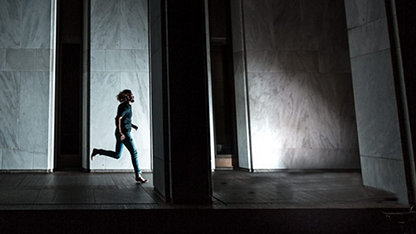Today, 28 April 2022, the Building Safety Bill has gained Royal Assent. While the Act may not deliver what everyone had hoped for, it marks another positive step forward in resolving the building safety crisis, providing greater protections for leaseholders and delivering a new building safety regime.
The Building Safety Act will fundamentally change how we design, build and manage properties, but with hundreds of clauses there are still items that need clarification through secondary legislation. Below we detail our solutions to some concerns that still remain.
Firstly, while we know that there is set to be secondary legislation and guidance, getting the details of this right will be essential for industry and firms across the country to effectively implement the changes required. The industry will need a clear brief from Government on the timeline moving forward, when the legislation will be ready, and any consultations that will be brought in to allow industry to support at pace. It is critical for RICS and other organisations representing the professions impacted by the Act, to have the opportunity to offer their continued support in finding and shaping the solutions alongside Government.
RICS also feels that the professional indemnity insurance (PII) market remains too weak to meet the needs of the industry. It needs delivery of the long awaited Government EWS (External Wall Systems) PII scheme to support professionals that are carrying out external wall assessments – which is a fundamental element in enabling industry to make buildings safe and give consumers the reassurance they have long waited for. But we also need Government intervention on finding a solution for PII for firms who are carrying out wider fire risk and building safety assessments and those carrying out the remediation; and for all those involved in HRBs design, construction and management.
Whilst not featuring in the Bill itself, resolving the PII issue for building safety professionals, which RICS have called out since late 2018, will be a vital component to ensure the quick implementation of the Act, and will help keep the construction sector moving.
Finally, in the interests of current and prospective leaseholders, we call for a timeline for when funding will be available to remediate buildings, and remediation actually gets underway. RICS supports the government in looking at holistic ways to fund the remediation programme, but up-front funding should be available to leaseholders along with a timeline for remediation, to enable mortgage lending, meaning sellers can sell, and buyers can proceed with confidence.
With the House of Commons agreeing to remove the Building Safety Charge and instead incorporating it into the existing service charge, consumers also need clear boundaries and assurances about how this will work in practice and how it will impact their service charges. RICS will review how building safety costs can be incorporated into our upcoming Service Charge Residential Management Code (4th edition), which is currently going through consultation.
We have worked intensively with all stakeholders across many areas of building safety reform, while leading the implementation of solutions to increase capacity of trained professionals, enable greater assurance for lenders, valuers, purchasers and residents, and keep the UK housing market operating in the face of acute stresses arising from the loss of confidence in building safety, and particularly fire safety.
We will continue to work constructively with Government, the Building Safety Regulator (BSR within HSE), BSI and industry to enable the measures in the Building Safety Act to be implemented swiftly. We will also continue our building safety work with the devolved nations of Wales, Scotland and Northern Ireland.
In the meantime, the EWS1 form developed by RICS, UK Finance and BSA alongside the RICS guidance on the Valuation of multi-storey, multiple-occupancy buildings with cladding will be kept under close review and we will update if any changes are necessary.














